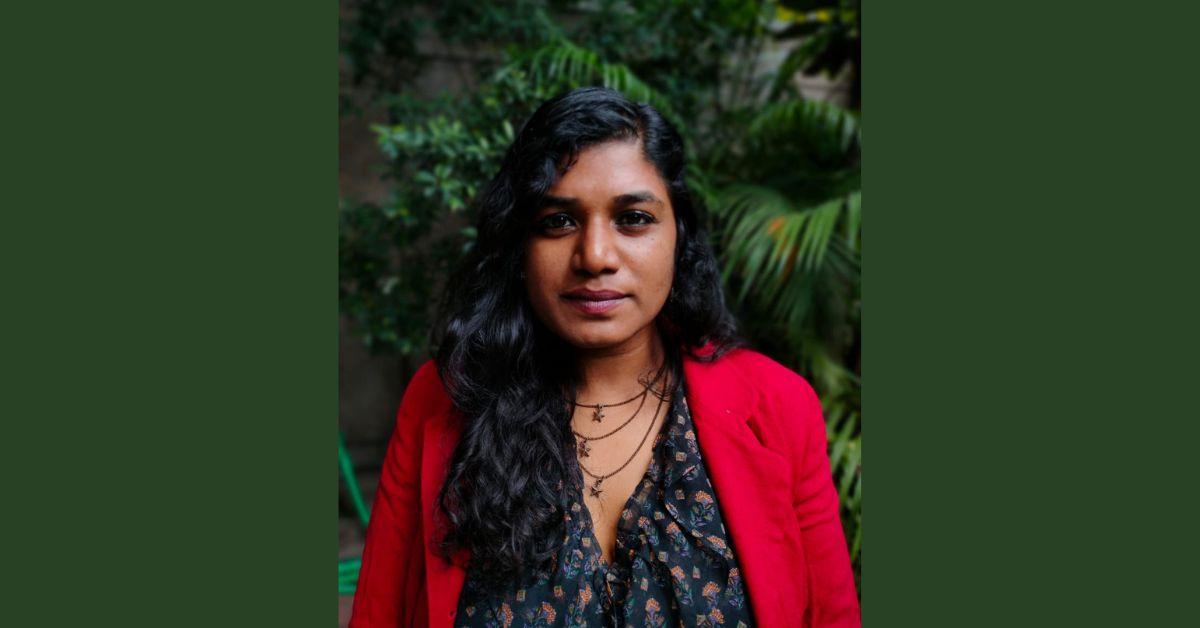Meet an Educator is a monthly series by Early Bird, where we feature the work of educators across India who are actively spreading the joy of birds and nature. This month’s featured educator is Shonali Chenzira, a practitioner of nature-based education from Bengaluru. She has led initiatives that span themes, landscapes and critical issues and is inspired to pursue immersive, interactive and action-oriented biodiversity education.
Do tell us about yourself, where you are from, and your work.
I’m Shonali, a practitioner of nature-based education since 2012, born in Bangalore and nurtured by a love of the arts. I journeyed to conservation education from an earlier life in which I organised music concerts, was an editor and travel writer. Today, I lead Nature Connect and co-lead Green Publications as part of WWF-India’s Environment Education work across the country.
I am actively driving, with my team and colleagues, dedicated efforts to strengthen citizen science participation in India. My core expertise lies in the end-to-end development and management of education strategies at scale. I am currently serving on the IUCN CEC Task Force on Nature-based Education.
I am inspired to pursue biodiversity education, especially that which is immersive, interactive, leading to action and community building. I want to better the dynamic relationship between people, wildlife, ecology and human-centric ‘development’. I’ve led initiatives that span themes, landscapes and critical issues– from a pan-India programme on snakebite education called ‘Living with Snakes’, to ‘Jungle Bandi’ a mobile interpretation centre for the savanna grasslands of the eco-restored site of Kalpavalli.
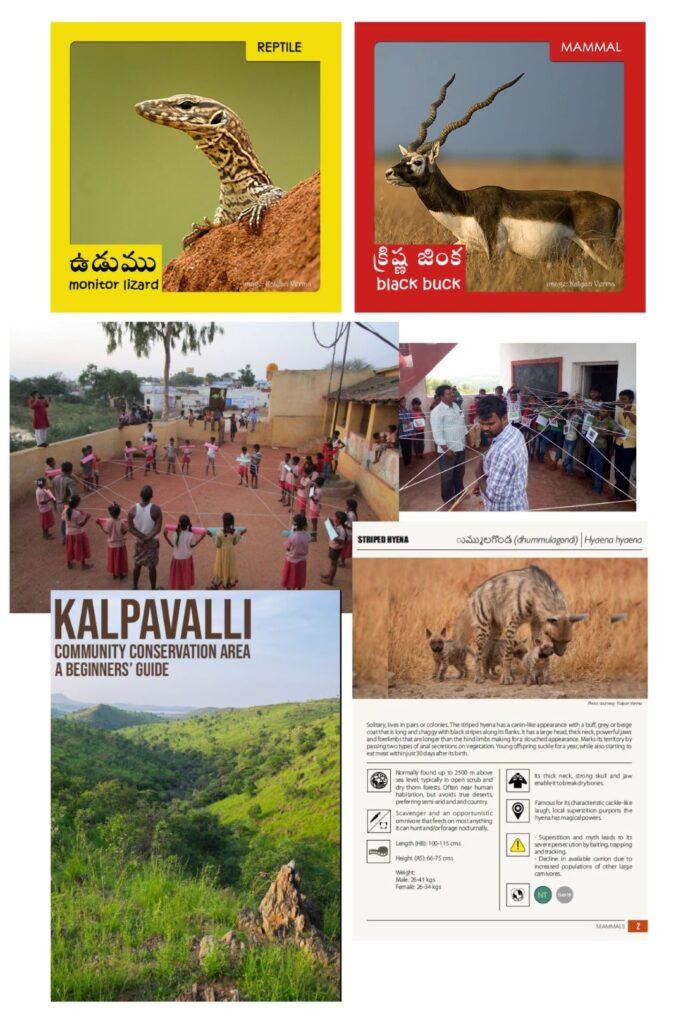
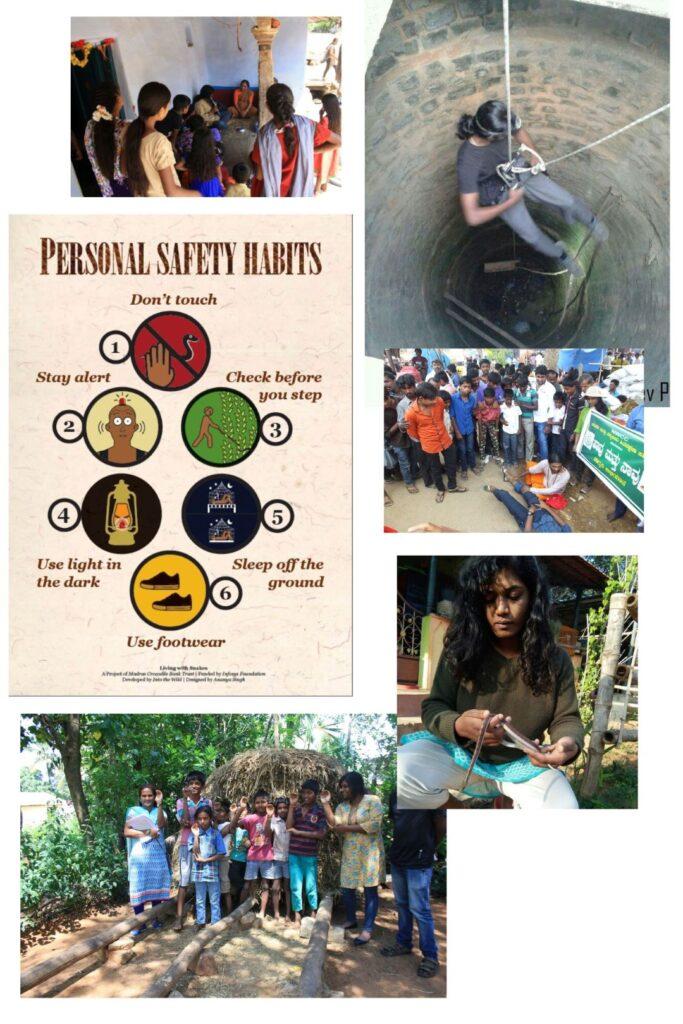
My favourite part of my job is that I get to work with multimedia, create publications and field resources for all ages to explore and share a love for nature, which is in-born.
What excites you about the natural world?
Excitement springs eternal when you’re a person who is easily fascinated even by the less glamorous stuff, like how rocks whisper stories of the Earth’s past, a snapshot of time and space almost.

If I had to pick favourites, I’d say I have a special love for water – in any and all of its shapeshifting forms – from a babbling brook to gushing waterfalls. I flirt with maps to seek out river-mouths; they captivate me to no end. I can spend whole days in their coves or lagoons. It is exciting to me how the same spot changes avatars in a single day, and within the world of a tide pool, there is a dance of transience.
I geek out about nature’s intricate inter-relatedness. I love learning simple (ever-elegant) evolution facts. Nature taught me to be present, pause, and find solace in its cycles and rhythms. It recharges me with a potential that I carry into my work.
When and how did you get interested in bird/nature education?
I stumbled into nature education quite by accident. It began when I encountered a snake indoors in Bangalore, where I’m from, and started volunteering for the team that handled urban wildlife rescue. Being in the middle of human-wildlife conflict exposed me to the complexity and tension of these relationships. It’s heart-wrenching to witness a single snake or leopard surrounded by 100s of people. I soon realised that in each moment hangs a delicate balance influencing responses and behaviours and ultimately conflict or coexistence.

While I began with supporting snake rescues across Karnataka, soon I found myself designing and facilitating workshops in diverse landscapes—from the scrublands of Hampi and Krishnagiri to the rainforests of the Western Ghats and more recently in the Aravallis up north. I have always been interested in all taxa and communicating ecological perspectives that help us, as humans, orient to find our place in nature.
Being from an arts and media background with no scientific or academic training in pure sciences, I have no doubt that all paths can lead to conservation. I have had the good fortune of working with and learning from a number of specialists and strong leaders. They shaped my journey and enriched my perspective, which now drives my pursuit of behaviour changes related to community-building.
What do you hope to achieve through your education work?
I hope to not only inform, but move people to act, change and keep hope alive, for everybody’s sake. I try to take the process of learning and action into small, manageable steps, even if progress feels slow. It is a constant effort to nurture a mindset that sees change as possible, and for that we need to hope. Especially when engaging with children, I tend to anchor my thought processes simply, at the risk of oversimplification…

For instance, experiences have the potential to charge one up with thoughts >> from this understanding a perception can take shape >> this can catalyze actions. Over time, these repeated actions evolve into behaviours, patterns, and ultimately, cycles that ripple from inward to outward to inward to outward, amplifying and resonating. The goal is to cultivate expansion—not just in individuals but in communities, that once rooted, sustains itself, continues to grow, and brings in more people adapting themselves, and evolving together. Change, after all, mirrors nature: gradual, deliberate, cyclical, self-sustaining.
Why do you believe it is important for children to learn about birds or connect with nature?
I read this somewhere online, it resonated with me (and also made me chuckle): “Some of you didn’t play with leaves and mud as a child, and it shows.” Seems simple, but it carries immense wisdom about today’s fragmented world, wherein human society’s relationship with nature has been lost, and individuals are in need of connection, healing, alternatives, and communities must be re-imagined.
Children are born with a sense of “biophilia,” an innate need to connect with other life forms. This connection has the power to stabilize (or dismantle!) one’s physical and mental well-being. Fostering this bond is as much about knowledge and facts as it is about healing and community. Children need active, sensory, lived experiences with nature, not just for their own health but to develop empathy, which they can extend into their interactions and responses to nonhuman life.
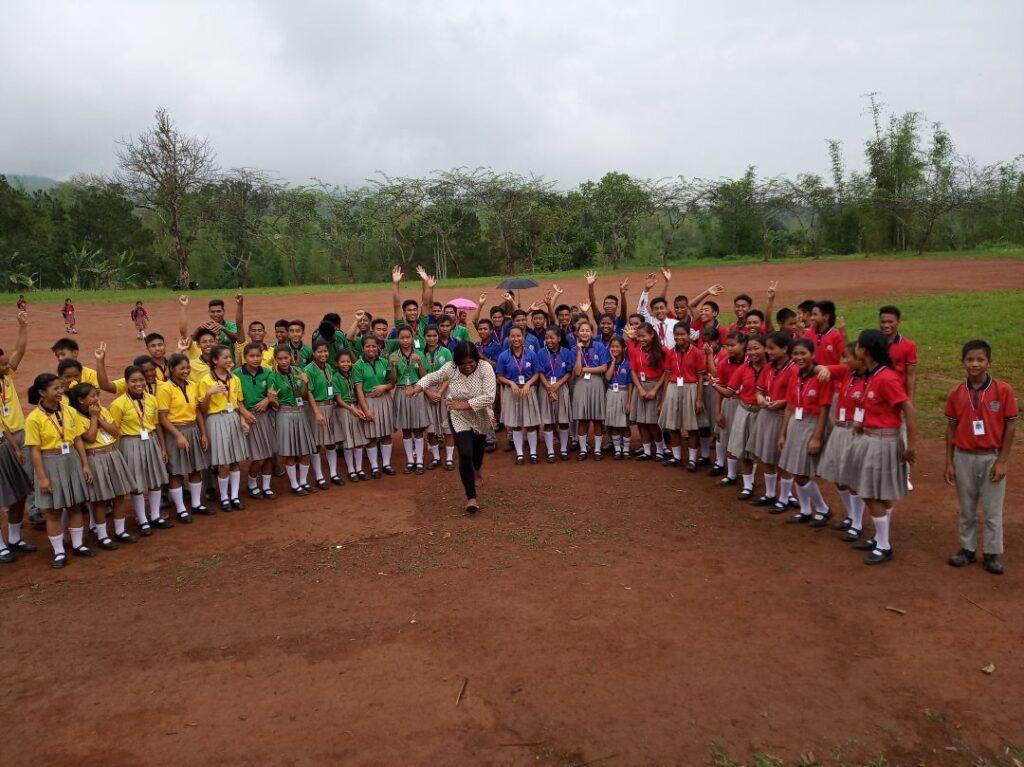
While conventional education and academics emphasize science and skills, it’s equally important to nurture the socio-emotional and communal aspects of our part and place in nature. I draw heavily from art, play, and lived experiences to curate meaningful learning. A relationship with nature—or lack thereof—determines who we are as individuals, our belongingness to communities, and response to our worlds.
What tools or resources have helped you in teaching about birds? Can you describe an approach that has worked exceptionally well for you?
What’s in a name? There’s a distinction to be made between education that focuses on information, as opposed to that which uses knowledge as a foundation for thinking, feeling, doing, building and growing. Childhood has been ‘de-natured’, children do not have opportunities for real-life experiences, to touch and feel, they have been robbed of that fundamental connection to the earth. It is true that one only protects what they love, and in the “business of change-making,” in which we are seeking to alter behaviours, I am convinced emotions hold the source code for that kind of change.
By interweaving creativity and emotions into immersive nature-based experiences, essential components of my approach include hands-on learning, blended offline/online tools, outdoor field resources as guides for self-exploration, reflection & sharing circles, critical discussion and transference, lots of play and gamification, citizen science, storytelling, a clear progression of concepts and follow up, follow up, follow up!
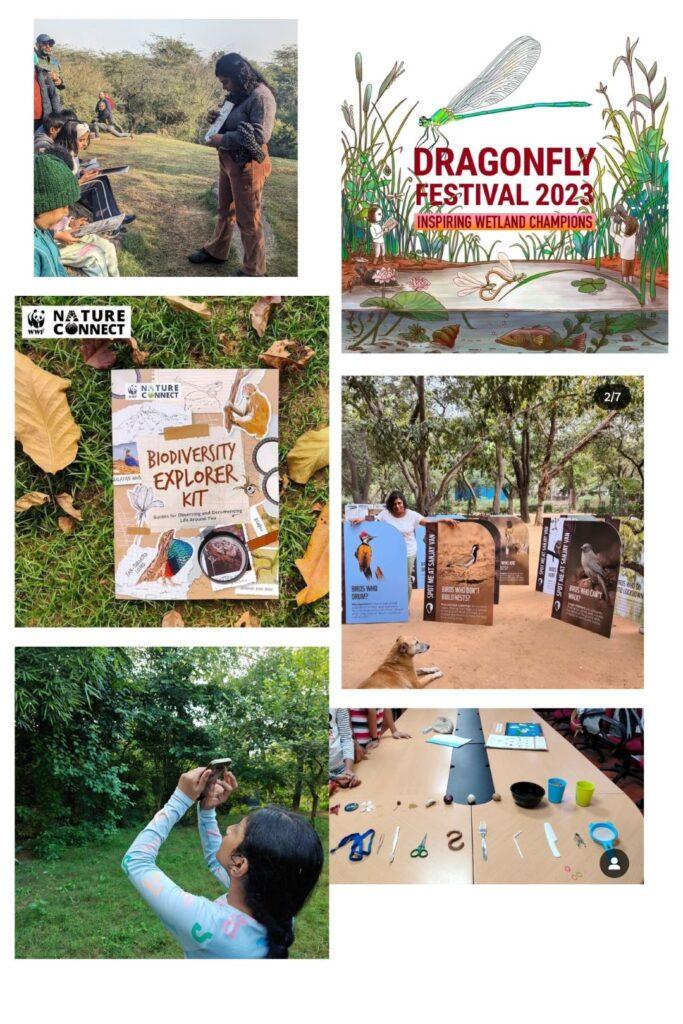
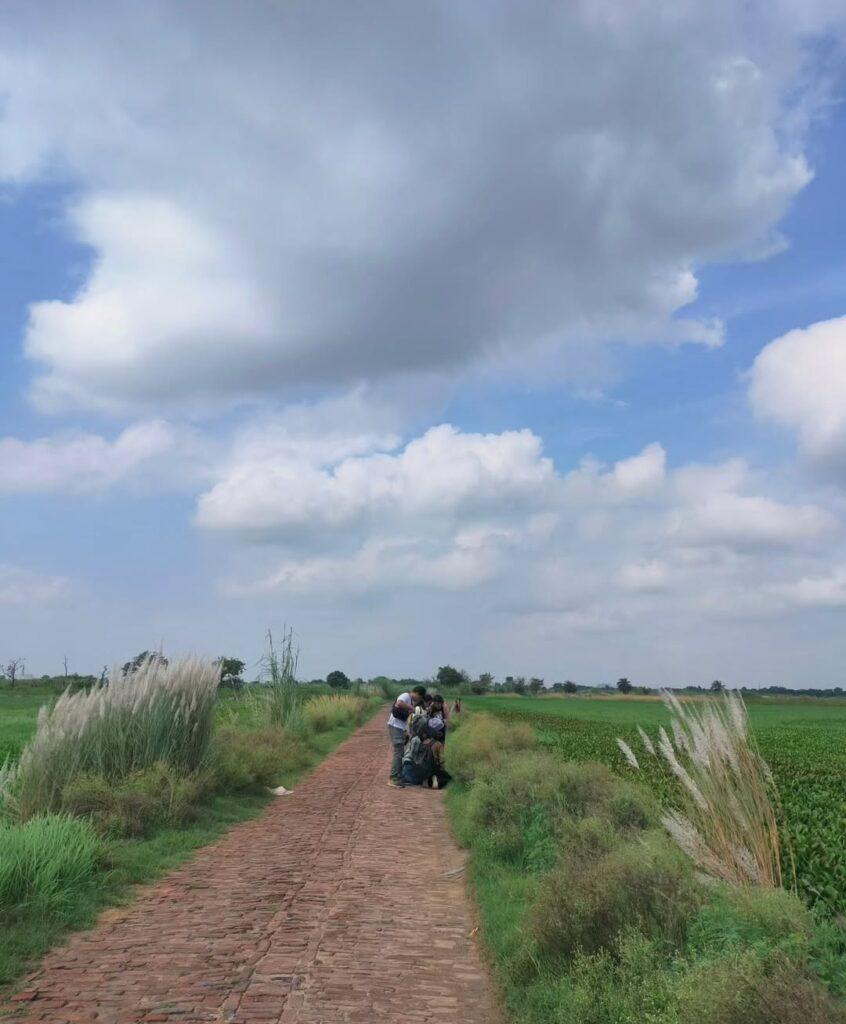

In an age where young people are empowered with the world’s data at their fingertips, effective tools for teaching about birds and nature must go beyond imparting information. It is fundamental to take experience design/facilitation from a statement of facts (primarily cognitive) to be sensory, emotional, and social (perhaps intuitive). This way, we can bring out and hone multiple natural intelligences. Nature education, to me, has a rich tapestry of socio-emotional skills, creative pursuits, and reflection woven into its fabric. Nature is simply the stage.
Have you encountered a significant challenge as a bird/nature educator, how did you overcome it?
I find certain narratives of mainstream environment education (e.g. save bees because they pollinate your food, not because a bee’s got the same chance as you to simply be a bee!) to be human-centred, transactional and problematic to the perception of nature that children should have.
Too often, nature education is treated as a one-off event. This limited interaction undermines the depth of understanding and connection needed for a paradigm shift. It is not surprising the umpteen lessons that can be made out of simply watching a plant grow – can this be done in a single meeting? No. It becomes non-negotiable to take learning beyond one-time engagements, so as to sustain, reinforce and deepen the learning journey over time.
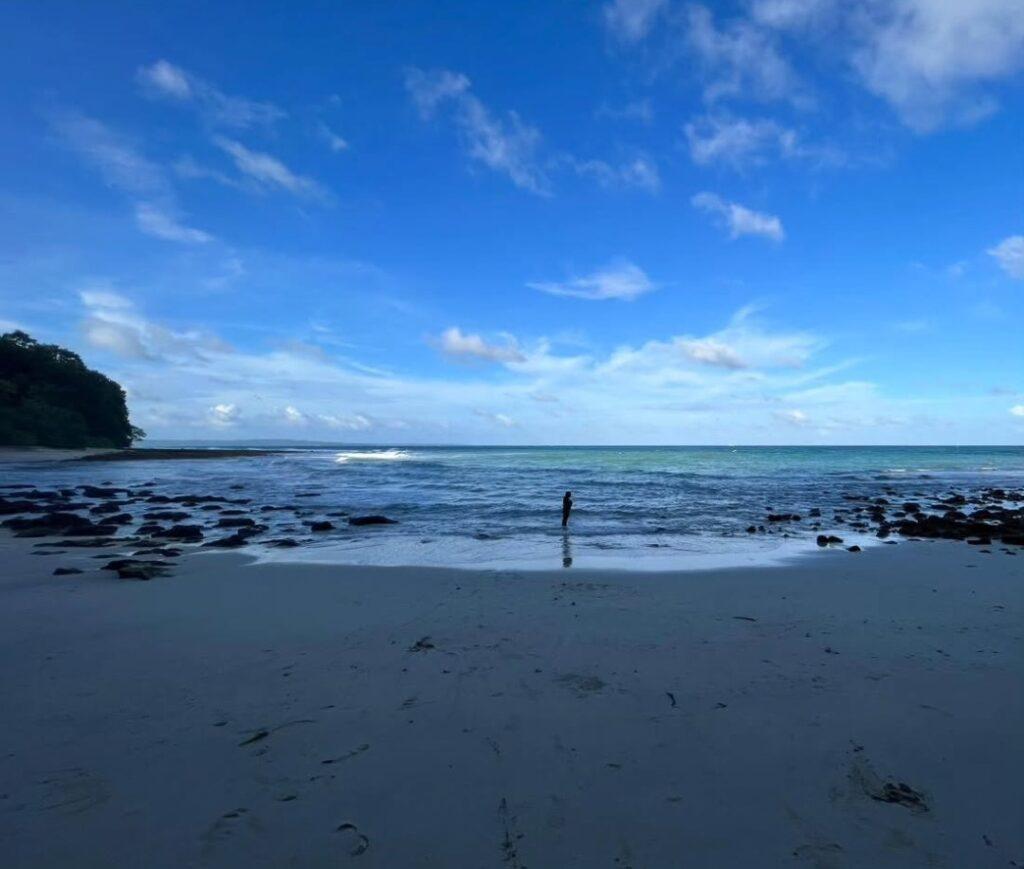
The key is perspective-building. It helps me to focus on creating layered and meaningful engagements. Multiple touchpoints are a must— field experiences, reflection, exercises for transference, and community involvement that mobilises and empowers. But! How do you go from doing a one-time bird walk to community building and nurturing a culture of nature? This process is as layered as it is complex, rife with challenges unique to every stage. Monitoring and evaluating the impact is another challenge. While results aren’t always immediate or quantifiable, how do we measure that shift in perception, or digested knowledge, or the joy of watching a bird fly? Futile as it may be, it requires patience and lateral thinking.
Do share any memorable moment or experience you have had in teaching kids about birds/nature. Can you recall any insightful instance that shaped your perspective?
In a way, the more you comprehend about the enormity of the environment crisis, you might feel disempowered or cynical. Yet, there are these glimmers of moments that rekindle hope.
It was during a summer camp for kids when one of our regulars–Jagjot–was putting the final touches on his very elegantly crafted diorama of grasslands and its key species–from blackbucks to wolves and wildflowers. Enthusiastic to present, I commented admiring his work saying, “That’s so good, when you grow up, you should be an artist.” Without missing a beat, his reply came, “I already am, teacher. ”That moment was profound for me in realising how children are far from passive. They are ready for change. They are the embodiment of change. Their immense self-belief and hunger to shape their world keeps them brimming with creativity, curiosity, and hope. And as a weary on-and-off cynic, it made me realise that hope empowers change. So, more than anything, it is also our job as educators to ensure children do not inherit our sense of loss or cynicism. We have to protect them from feeling ‘jaded’ even if we do!
Have you noticed any changes in your learners after they received exposure to birds and nature-based learning? If yes, what are they? If not, why do you think that is?
Indeed, my own journey from participant to nature educator is a direct outcome of impressions and guidance from naturalists and nature educators.
As an educator – I have observed first hand that children, who are branded ‘trouble-makers’ at school, emerge as natural leaders in the outdoors – steering the group forward with out-of-the-box ideas. They already know the good spots! There are examples also of those who come on trails, are enthralled and become regulars, eventually leading and growing into roles as naturalists, or pursuing nature in academics or as a career. I have lost count of the number of teachers who are inspired to use nature as their classroom, or corporate employees who – slowly and fiercely – abandon their 9-5 to walk the talk!
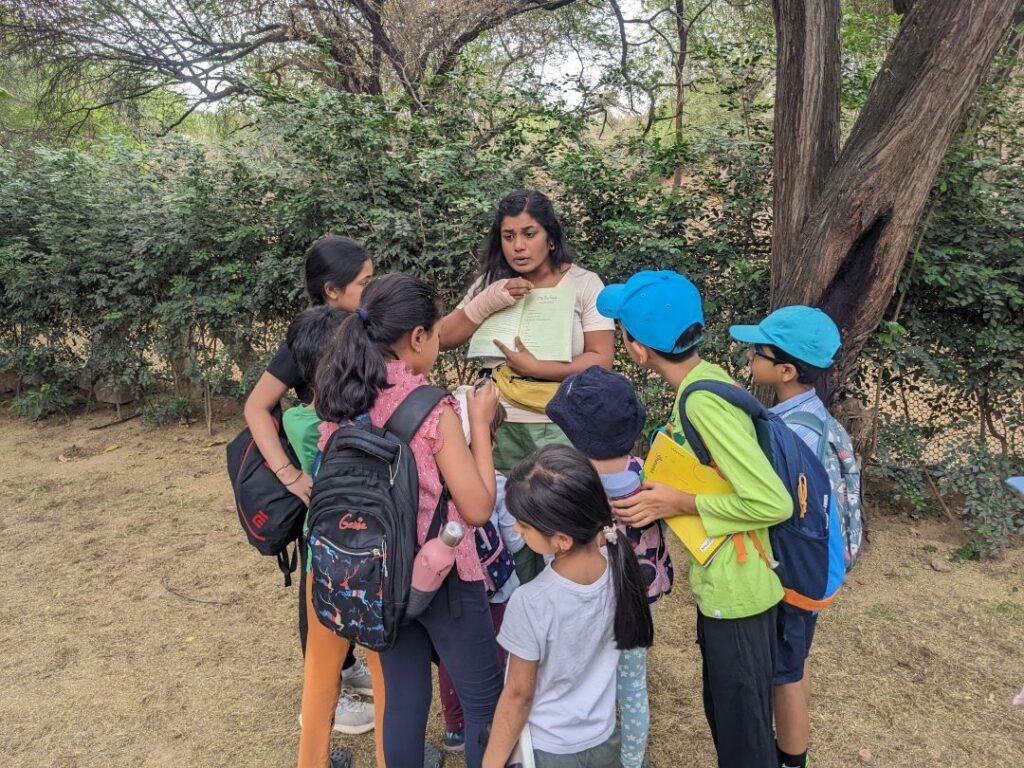
If you believe, as I do, that behaviour change originates in our emotional core, then the transformation can be both clear and intangible. The main thing is that it can be observed only over time. Learners grow in their capacity to connect, take action, and contribute to something larger than themselves. Yes, the change is subtle, but real and it’s not merely about knowing more—it’s about cultivating disruptive thinkers, empaths, and citizens who act purposefully in the world.
What message would you have for your fellow educators, or somebody starting out in their nature education journey?
There are many ways to lead a trail, and we are in this together. It’s not a competition, there are no leaders or followers! So, share learning, resources, opportunities, networks – we need to start a movement, movements everywhere, and for everyone!
Knowledge is easily accessible online, but lived experiences and mentorship or leadership opportunities are harder to come by. The decreasing attention span and in some ways the ‘development agenda’ often prioritizes quick-fixes or click-bait-y short-term outcomes, but in its true essence nature education should be about cultivating long-term learning journeys if we are to move the needle ever so slightly, and at all.
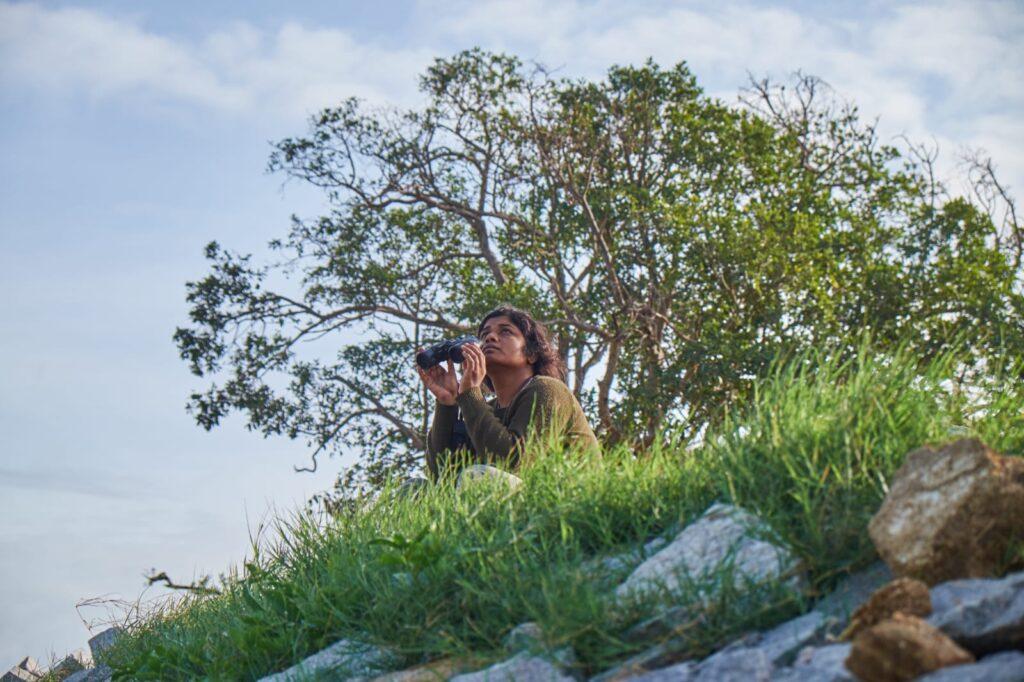
Don’t be afraid of a little friendly competition–citizen science and bio-blitzes are emerging as very exciting tools for engagement! Cynicism is contagious, and as dangerous as despair! Keep alive child-like wonder. Hope is a secret weapon sauce that children are brimming with. Share in their joys and hopes, no matter how small. If enough of us seek the alternative, keep the fire alive, listen to and tell about nature’s stories that live and breathe as we do, then… maybe.. one day.. the bees will save us!

